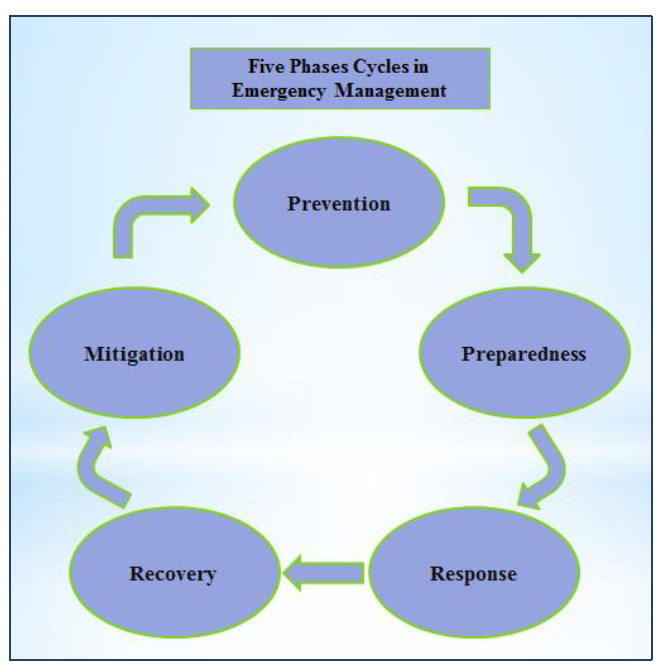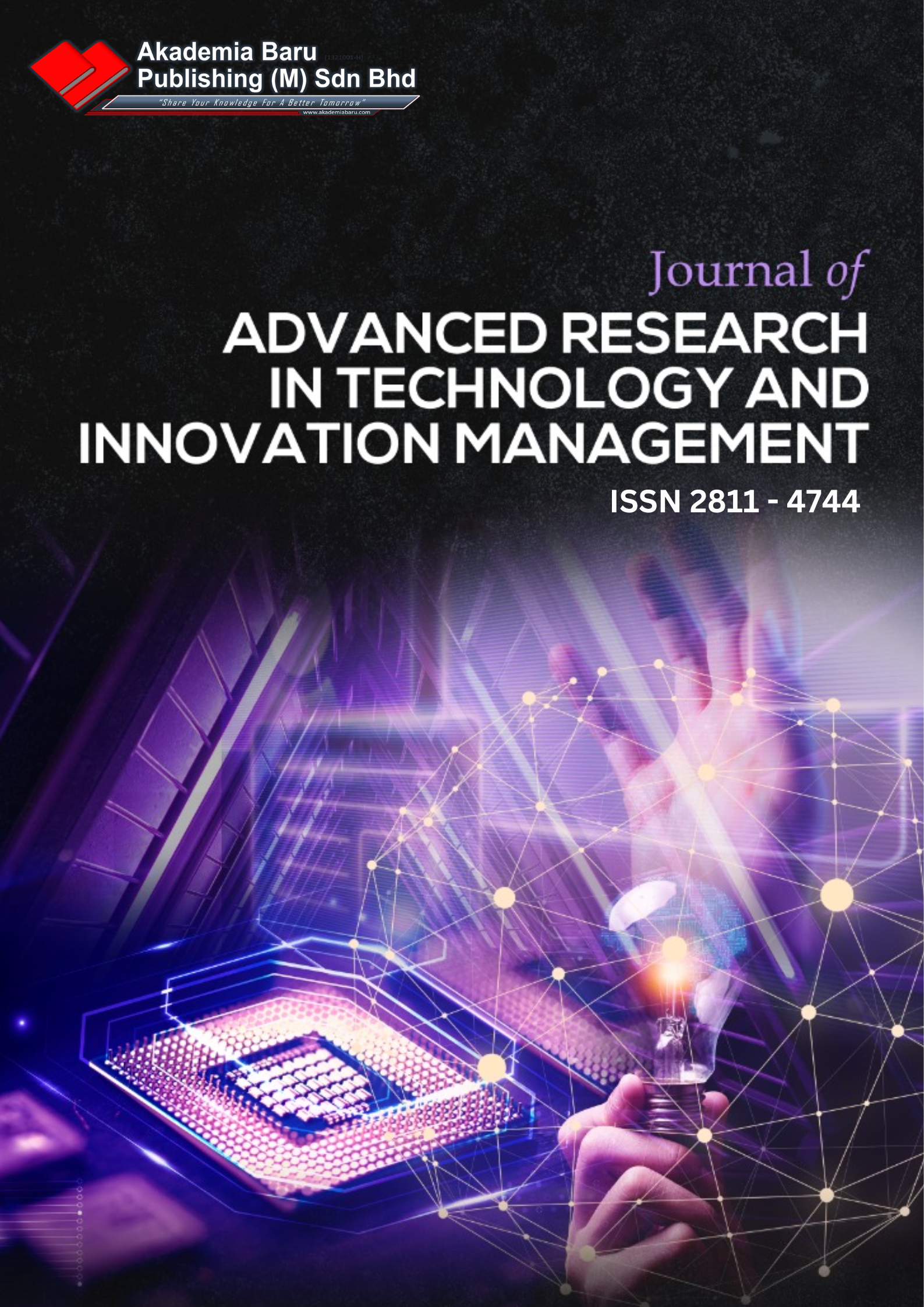Five Phases Cycles in Emergency Preparedness and Response Plan (EPRP) As An Emergency Management For Campus Environment
DOI:
https://doi.org/10.37934/jartim.11.1.1220Keywords:
Emergency Preparedness Response Plan (EPRP), Higher Education Institutions (HEI), Emergency Management (EM), Safety Management System (SMS)Abstract
The Emergency Preparedness and Response Plan (EPRP) represent an important framework for effectively managing a variety of emergencies, particularly on higher education institution (HEI) campuses. This paper explores the importance of an EPRP in managing emergencies in higher education institutions (HEIs) effectively through the five-phase cycle of the EPRP. The five-phase cycle addresses and mitigates sustainability-related emergencies, including natural disasters, human-made disasters, environmental hazards, and infrastructure failures. HEIs are encouraged to develop an EPRP manual and procedure as essential components within their safety management systems. This paper aims to optimize the EPRP's readiness to handle emergencies and its active involvement through the five-phase cycle set out in the manual and procedures for implementing the EPRP as part of the emergency management strategy on campus. The analytical study and article content analysis are used to evaluate the function of the EPRP in their safety management system. This coordinated approach aims to minimize environmental damage, support the well-being of the campus community, and uphold a steadfast commitment to long-term sustainability goals.















